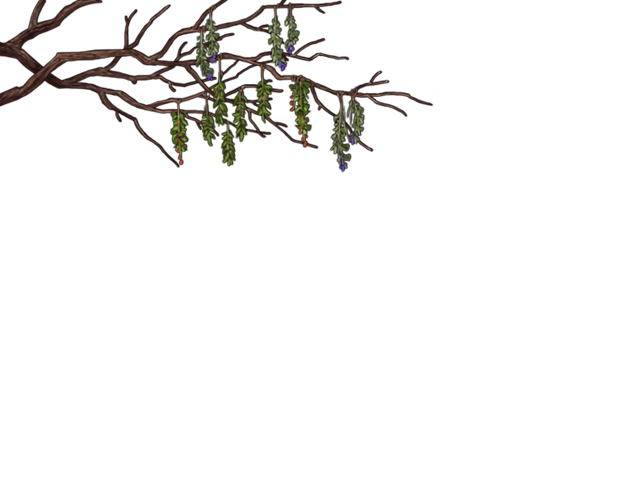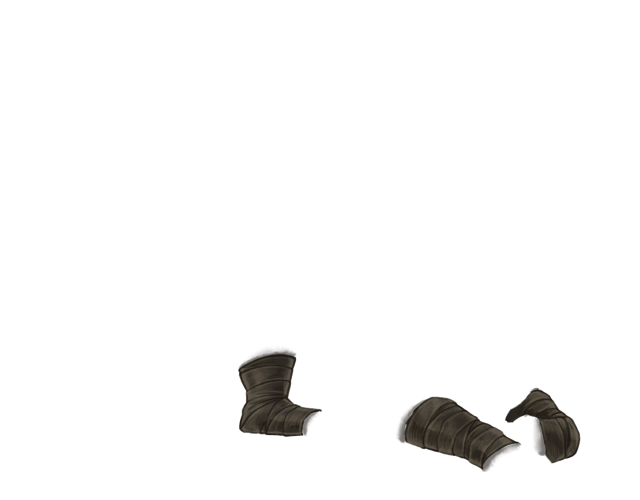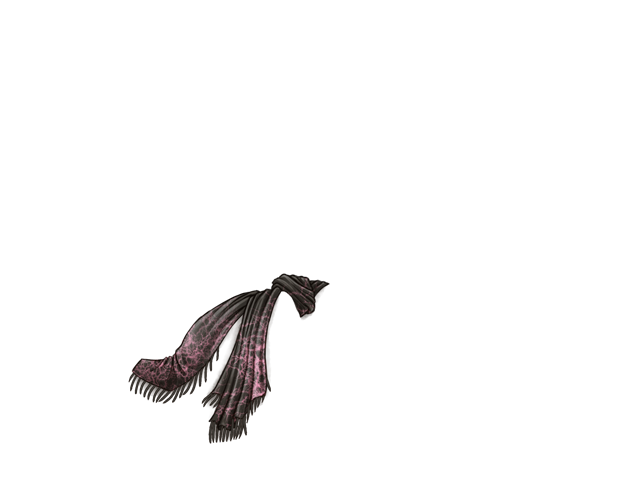Hubble| Chestnut| Common
"🏹⭐"
 |
 |
This lioness is pregnant! She will give birth in 3 real life days. She has been bred to Gemini Dreams (#349261). She does not have a nest! Her cubs may be unsafe when she gives birth unless a nest is built!
| Lion Stats | |||
| Experience |
434 / 7040 (6%)
|
||
| Level | 9 | ||
| Strength | 32 | Speed | 23 |
| Stamina | 22 | Smarts | 31 |
| Agility | 36 | Skill | 5 |
| Born With: | Unknown | Total Stats: | 149 |
| Lion Currents | |
|---|---|
| Age | 10 years, 3 months old |
| Hunger |
44%
|
| Mood |
100%
|
| Sex | Female |
| Pose | Default |
| Personality | |
| Adult Stage |
|
Newborn Stage 100% Young Cub Stage 100% Cub Stage 100% Adolescent Stage 100% Adult Stage 63.461538461538% Elder Stage 0% |
| Breeding Info | ||||
|---|---|---|---|---|
| Father | Flutter Bottom (Deceased) | Mother | Newly Claimed Lioness (Deceased) | View Full Heritage |
| Last Bred | Today | Fertility | Very Low (42%) | View All Cubs Bred (1) |
| Appearance | Markings | |
|---|---|---|
| Base | Chestnut (Dark Brown Skin) |
Slot 1: Briar Cover (60%) Tier 1 Slot 2: Cimmerian Points (58%) Tier 1 Slot 4: Cimmerian Wisp (50%) Tier 1 Slot 6: Cimmerian Undersides (60%) Tier 1 Slot 8: Briar Face (54%) Tier 1 Slot 9: White Dilution (54%) Tier 1 |
| Genetics | Black Dark Solid Common | |
| Eyes | Jet | |
| Mane Type | Crested | |
| Mane Color | Zarafshan | |
| Mutation | None | |
| Marking Slots | ||
| Lifetime Hunting Results | |||||
|---|---|---|---|---|---|
| Total Hunts | 27 | Successful Hunts | 27 | Success Rate | 100% |
Memory Used: 754.72 KB - Queries: 29 - Query Time: 0.00848 - Total Time: 0.01319s



















